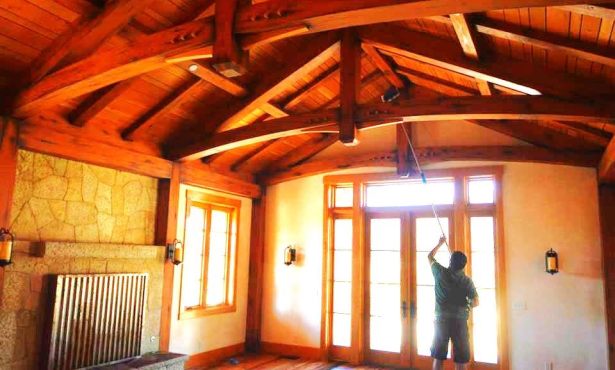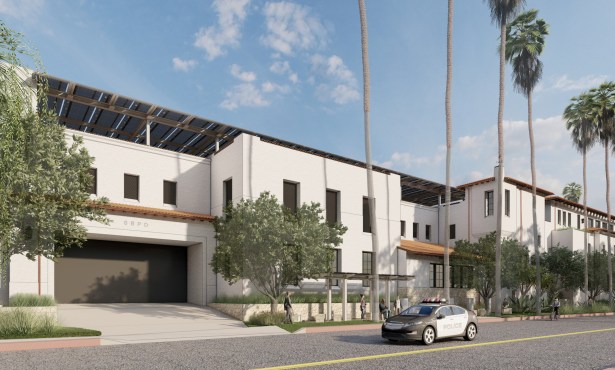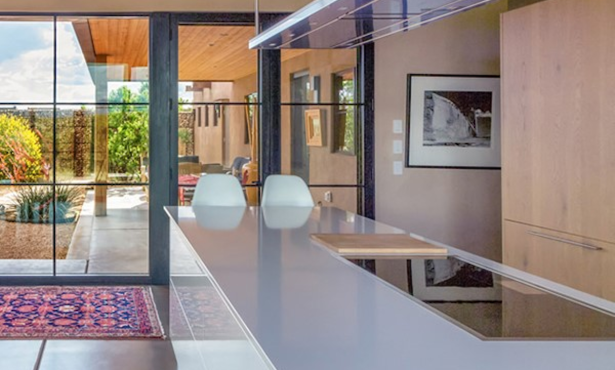Sales and Use Tax
Additional Taxation not a Solution
You might be thinking, what does Sales Tax have to do with architecture? Well, before you get all bothered, let me explain with a brief story about taxes; then I’ll get to my main point.

Why Taxes
The basic taxation principles are nearly as old as human society itself — stretching thousands of years into the past. Several ancient civilizations, including the Greeks and Romans, levied taxes on their citizens to pay for military expenses and other public services. Taxation evolved as empires expanded and civilizations became more structured.
The earliest known tax records, dating from approximately six thousand years B.C.E., are in the form of clay tablets found in the ancient city-state of Lagash in modern-day Iraq, according to a publication on AMANJ.com. This early form of taxation was minimized, except during periods of conflict or hardship. Most citizens were subject to a poll tax, a flat tax on every adult in a jurisdiction, and property and church taxes.
When the United States was founded, the federal government levied relatively few taxes. The country did not maintain a significant military force during times of peace. Instead, it relied on local militiamen to protect marauders and local rebellions, which led to the Second Amendment’s creation and the right to bear arms. The federal government was also much smaller than it is now and required much less money to operate. The first federal income tax in the United States was created shortly after the Civil War to pay for that costly internal conflict and its debts.
The federal government levies a significant portion of the total tax burden in the United States. However, provincial and other local authorities can also enforce additional taxes within their jurisdiction.
Retailers engaged in business in California must pay the state’s sales tax, which applies to all retail sales of goods and merchandise except those exempted explicitly by law. The use tax generally applies to the storage, use, or other California consumption of goods purchased from retailers in transactions not subject to the sales tax. State sales and use taxes provide revenue to the state’s General Fund, cities and counties through specific state fund allocations, and other local jurisdictions.
Rumblings in Sacramento
Now, why this long story? There are discussions in Sacramento of extending the sales and use taxes to services, such as delivering architectural and engineering services. There is roughly $1.7 billion of retail sales in Santa Barbara County annually that generate the sales tax from which local government is dependent. It will be many times this if the current sales tax is levied upon business offering services only.
The American Institute of Architects and its California Chapters are opposed to further taxation upon business, specifically the architectural profession. While there is no pending legislation, we encourage you to express your view to your elected officials and join the AIA in opposition to this as a solution to state and local funding shortfalls.
Robert L. Ooley, FAIA, is past president of AIA Santa Barbara and current Executive Board Member of AIA California. He may be reached via email at robert@ooley.com. Architecturally Speaking is written by members of the American Institute of Architects’ Santa Barbara chapter.
Every day, the staff of the Santa Barbara Independent works hard to sort out truth from rumor and keep you informed of what’s happening across the entire Santa Barbara community. Now there’s a way to directly enable these efforts. Support the Independent by making a direct contribution or with a subscription to Indy+.




You must be logged in to post a comment.